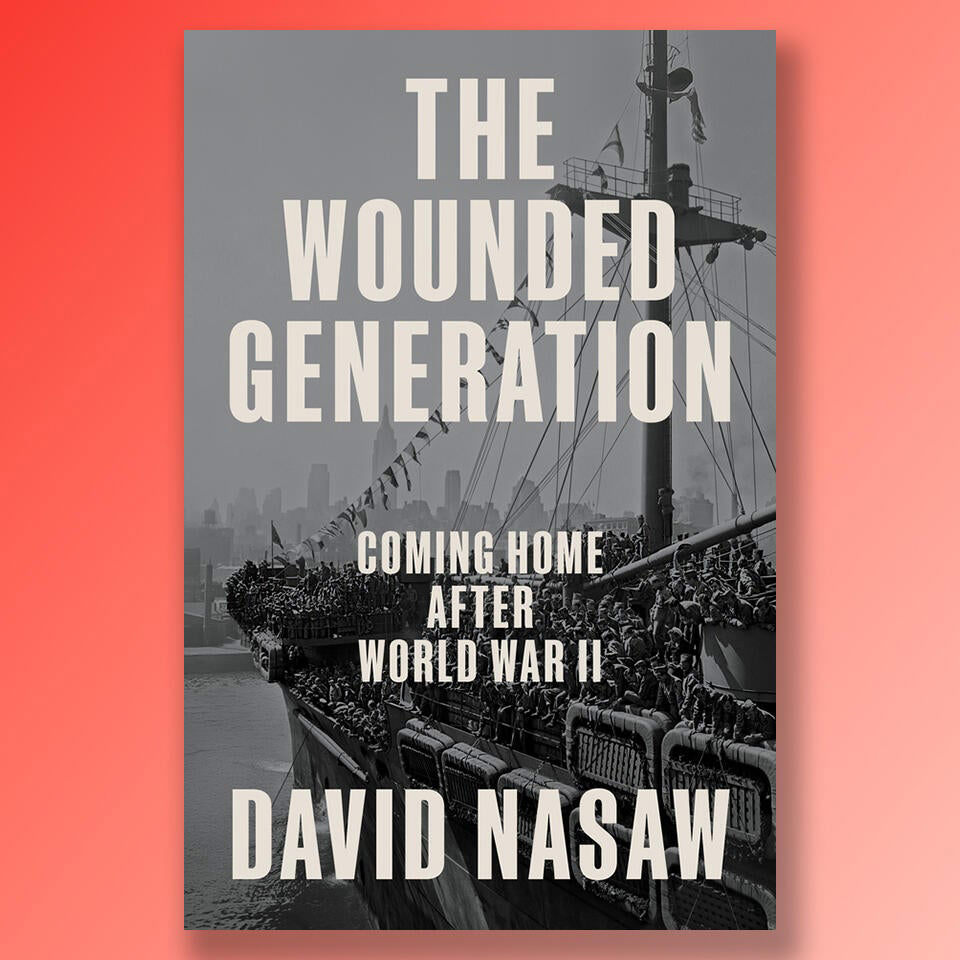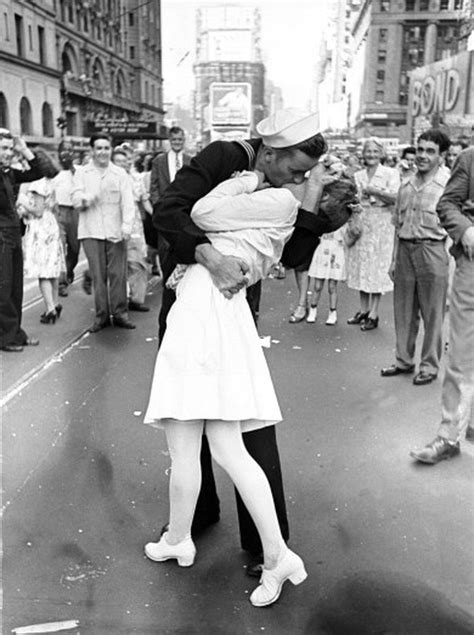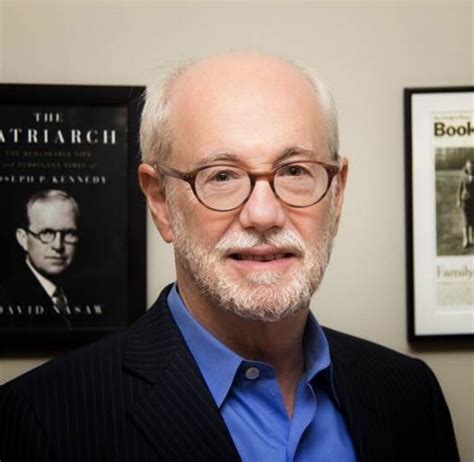
The Wounded Generation: WWII's Hidden Scars
For decades, the WWII generation was celebrated as "The Greatest Generation"—heroes who liberated Europe and ended a global conflict. But historian David Nasaw, in his groundbreaking book "The Wounded Generation," reveals a darker truth: behind the medals and parades lay millions of veterans bearing invisible wounds that haunted them for life.
The Myth of the "Greatest Generation"
President Reagan’s 1984 D-Day speech lionized WWII veterans as champions and heroes. Yet Nasaw, a Pulitzer Prize finalist and CUNY distinguished professor emeritus, reframes this narrative. His research exposes a generation scarred not just by physical injuries, but by profound psychological trauma—now recognized as PTSD, but then dismissed as "battle fatigue."
"They returned bringing wounds home with them that are invisible; they're psychic wounds," Nasaw explains. His quest began with personal motivation: his own father, Joshua, served in Eritrea and returned a changed man, battling alcoholism, heart disease, and trauma until his death at 61. "I had never had the chance to find out what happened in Eritrea," Nasaw shares. "So I jumped in to find out the story of his generation."
The Hidden Toll of War
Nasaw’s archival digging unearthed disturbing evidence of systemic neglect. Government officials warned families to "cure" veterans, blaming wives for their husbands' rage, drinking, and emotional detachment. Those deemed untreatable faced brutal interventions: electroshock therapy and even lobotomies.
One iconic photo encapsulates this silent suffering: the sailor kissing a nurse in Times Square on VJ Day, 1945. Nasaw sees not celebration, but assault: "She's pulling away. He's grabbed her. He's locked her in." The nurse later recalled fearing for her life. 
The GI Bill's Broken Promises
To prevent economic collapse, the U.S. invested $24.5 billion (over $435 billion today) in veteran benefits via the GI Bill. But this "equalizer" deepened racial divides. Black veterans, who comprised 10% of the force, were systematically excluded from mortgages, college admissions, and job opportunities. "Banks were hesitant to give you a mortgage," Nasaw notes, trapping them in segregated communities while white counterparts fueled suburban booms like Levittown.
Wartime experiences also ignited civil rights. Black veterans like Medgar Evers returned expecting equality, only to face violence. Nasaw argues their disillusionment fueled the Civil Rights Movement of the 1950s: "Seeing a Black man in uniform was a direct provocation" to segregationists.
A Legacy of Silence
The war’s shadow stretched into the next generation. Baby Boomers struggled to connect with emotionally distant fathers. "The divorce rate in 1946 was higher than it had ever been," Nasaw observes. Veterans’ silence—fueled by stigma and lack of understanding—created intergenerational trauma.
Crucially, Nasaw dispels the myth that PTSD is specific to "losing" wars like Vietnam. "There’s no magic wand that makes the war go away," he insists. "It’s very much the same" for veterans of WWII, Korea, Afghanistan, or Iraq. 
Why This Matters Today
"The Wounded Generation" forces us to confront the humanity behind historical headlines. By honoring veterans' struggles—not just their triumphs—we better understand the true cost of war. Nasaw’s work, accessible yet rigorous, exemplifies his belief: "Knowledge is a public good."
"When we focus only on their heroism and ignore their pain, we do them a disservice." — David Nasaw
Share this article
Dr. David Chen
Science correspondent with a Ph.D. in astrophysics, passionate about making complex scientific discoveries accessible to all.